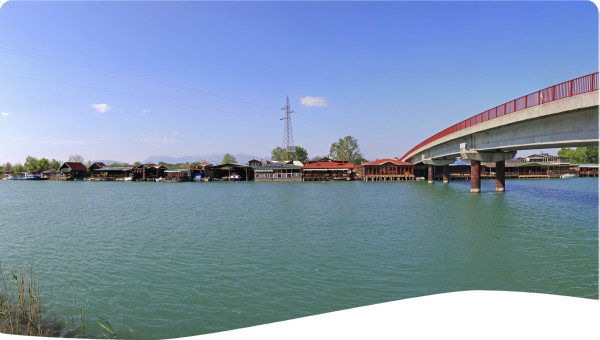In Australia, a new approach to water management was needed to allow imported water to be used for irrigation without increasing the salinity of the soils or groundwater. Action was taken to develop a framework to enable irrigators to manage the environmental risks associated with the use of River Murray water for irrigation. The key lesson is that a salt management strategy is relevant for land irrigation.
The water licensing policies determine the locations at which salt will accumulate and the number of years that will pass before salt becomes the major issue.


